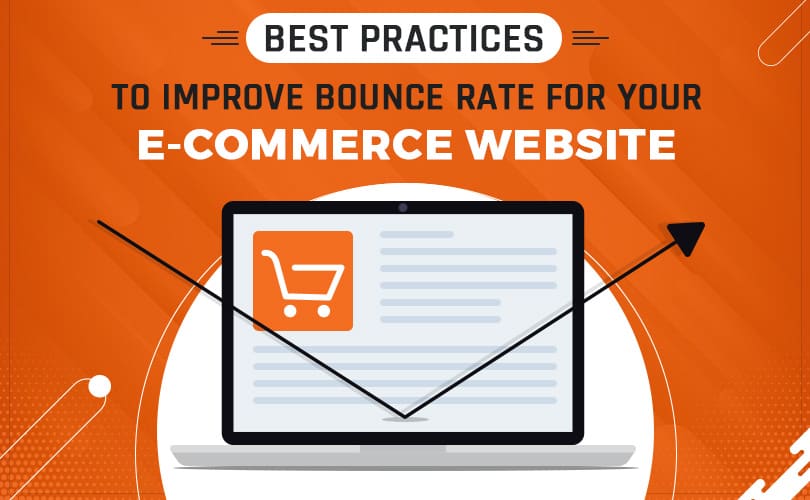This is one of those rarest of rare “how to” posts, in that this one is low on fluff and high on content that matters! This is meant for business owners, marketers, sales people, and freelancers who want to run effective ads, email campaigns, and write better web/sales letter copies to help CLOSE the sale.
Effective marketing needs clear goals. Clear goals cannot be defined if you don’t know who you’re actually marketing to. So, the first thing you need to do before running a campaign on Google or Facebook (or elsewhere) is to define your audience, also known as buyer persona or customer avatar.
Why Should You Develop Buyer Personas?
- To sell better
- To write better (sales copies, web pages, articles, blogs, ads)
- To save on media buying expenses
- To improve usability signals for Google and Facebook
Vanilla messaging is a thing of the past. Brands such as Coca-Cola and Skittles have used slogans like “Open Happiness” or “Taste the Rainbow” – a few pieces of content and taglines that will (hopefully) work for millions of people at one go. It’s brilliant marketing if you can pull it off, and feel free to continue if you’re a known brand like Coca-Cola or Skittles. Otherwise, keep reading to learn how to create buyer personas that will sharply define your users. Then we’ll teach you how to write ads and sales copy that will convert at higher rates, saving you precious advertising dollars.
How to Develop Buyer Personas
Cibirix started offering Facebook Ads for Local Businesses in 2018. This was after Facebook upped its game and launched the Store visits objective. The Store visits objective lets you create dynamic local ads for multiple store locations so you can drive store visits and in-store sales. This objective also lets you target people within a set distance of one or many of your store locations with ads designed to help people navigate to or contact the location closest to them. Driving people into a store, restaurant, dealership or other place of business is an important marketing objective for any business with physical locations.
A new product means a new ideal customer. And, a new ideal customer means a new customer avatar must be created.
We have defined three distinct buyer personas:
- Mom-and-Pop Store Owner – Interested in gaining more foot traffic while keeping the ads cost low. Wants to showcase why people should buy from them as opposed to Sissy Sally next door.
- Local eCommerce Seller – This is a new breed that’s cropping up more and more frequently. Rather than investing in a store location and renting the space out, location-based eCommerce stores are popping up all over. They cut down on the costs of maintaining a showroom and rather just have a warehouse to keep the merchandise safe and run their distribution. The local eCommerce seller buys cheap, sells higher, and doesn’t tend to carry too much other distinction. He is helped by his family and kids to keep this extra cash ringing.
- Multi–Store Location Business Manager – The manager at this storefront (or restaurant) has great ideas and some budget to play with. This user is competing against her peers who manage other store locations nearby or in other cities. This user wants some help with Facebook and Google Ads to get new visitors to her store. Her performance is tied to new business and can be more risk-taking than a traditional mom-and-pop business owner.
Customer Avatars: What Did Cibirix Include?
There are five major components to the buyer persona. In some cases, you’ll need to survey or have conversations with existing customers to accurately flesh out your buyer’s correct persona. In other cases, you may already be intimately familiar with the characteristics of your ideal customer.
Regardless of your situation, action beats inaction. Don’t wait for surveys or interviews to be conducted to create your first draft of a persona. Make assumptions where you have no data or feedback, and put it on your short list of to-do’s to dig deeper with some more formal research.
In the meantime, you’ll begin getting benefit from an avatar built from the educated assumptions you’ve made.
Let’s look at each section of the buyer persona:
Goals and Values
Make a note of the goals and values that are relevant to the products and services you offer. You’ll use this information for:
- Product creation (structure of Cibirix’s Ads Program, its cost and the list of deliverables in this case).
- Copywriting (website pages, offer pages, Facebook and Google Ads and Sales Newsletters).
- Content marketing (content that supports your goals in the form of Blog Posts and Articles or Infographics).
- Email marketing.
We know, for example, that the Mom-and-Pop Store owner is interested in creating a distinctive advantage (branding) for his store.
As a result, we could draft an email to the buyer that promotes our Facebook Ads offering with the subject line:
Facebook Ads That Both Sell and Help You Build Your Brand? Yes, you can get the best of both worlds!
That should get a Mom-and-Pop Store owner’s attention!
Information Sources
The idea is to find the niche books, magazines, blogs, conferences, motivational speakers, experts, etc. your ideal buyer would be attracted to—but no one else would.
For example, if the Cibirix ideal customer is in the golf products market—we wouldn’t want to assign Tiger Woods as an interest. Tiger is someone that golf product sellers are familiar with, but so is everyone else. Instead, choosing a more niche golfer like Rory McElroy will allow you to home in on your ideal customer—and exclude everyone else.
Moreover, when we place ads on Facebook (Facebook is a prime strategy for selling your local services), we will be able to narrow down the targeting of these ads by niche interests. We can weed out less-than-ideal prospects by choosing what books they read, what podcasts they listen to, and yes, whether they are themselves interested in Facebook and its platform.
Demographics
Demographics give a look and feel to the personas. Age, gender, marital status, education, level of income, location, age and number of children, occupation, and job titles are all taken into account. All this data will help Cibirix target to the right user and create some fantastic ad copy. It will tell us how much time our buyer has on her hands to research the best agencies who can increase foot traffic in their stores. It can also tell us exactly when these ads should be placed, and on which platforms.
Challenges and Pain Points
When you define your buyer’s pain points accurately and speak to how you can solve these pain points, you then compel your ideal customer to act. Mom-and-Pop Store owner’s challenges and pain points may look like this:
Challenges:
- Scaling his business to open a new store in a locality that is more expensive but has better buyers (read high spenders)
- Getting his ideas turned into website pages, ads, or even videos
Pain Points:
- Fear of losing business to Sissy Sally
- Fear of spending too much time trying to run Facebook ads or Google Ads and getting left behind in procurement and customer service
When selling Local Store Visit Facebook ads to Mom-and-Pop Store owner, for example, we would do well to build solutions to his individual challenges and pain points and use language that addresses them in our marketing messages. For example, our sales letter should include copy like:
Are you losing business to your neighborhood shop because they “got online”? Don’t feel left behind. Cibirix is here to help! Finally, a company that turns your ideas into actions on your website, and crafts ads that turn passers-by into real shoppers!
Objections
Why would your customer avatar choose NOT to buy your product or service? These are called “objections,” and they must be addressed in your marketing as well.
For example, we know that Mom-and-Pop Store owner is concerned about how long before he can see the results of great Facebook marketing, in terms of getting new users to visit his store. We might run a Google ad campaign with a subject line like…
“Creative Facebook Ads That Increase Store Visits In Just One Week!”
You must also determine your buyer’s role in the purchasing process. Are they the primary decision maker? Are they a decision influencer? Understanding your ideal customer’s decision-making process is paramount to the success of your marketing and sales campaigns.
Reach out to us today and let us help you transform your online presence and start getting better results! Cibirix.






